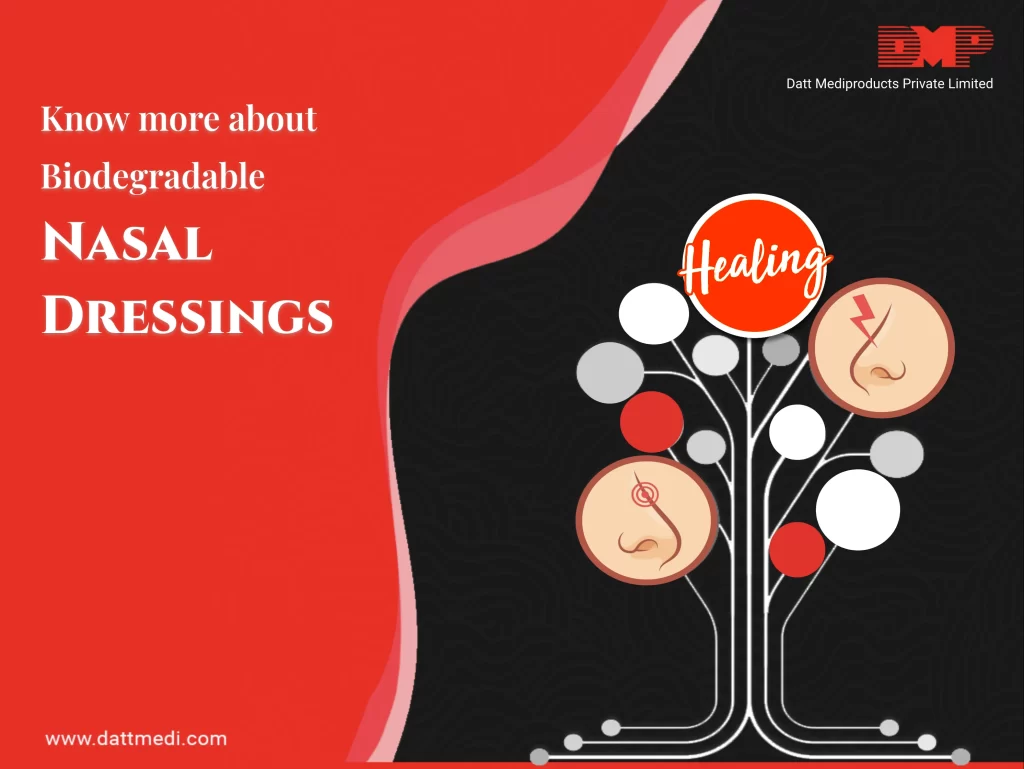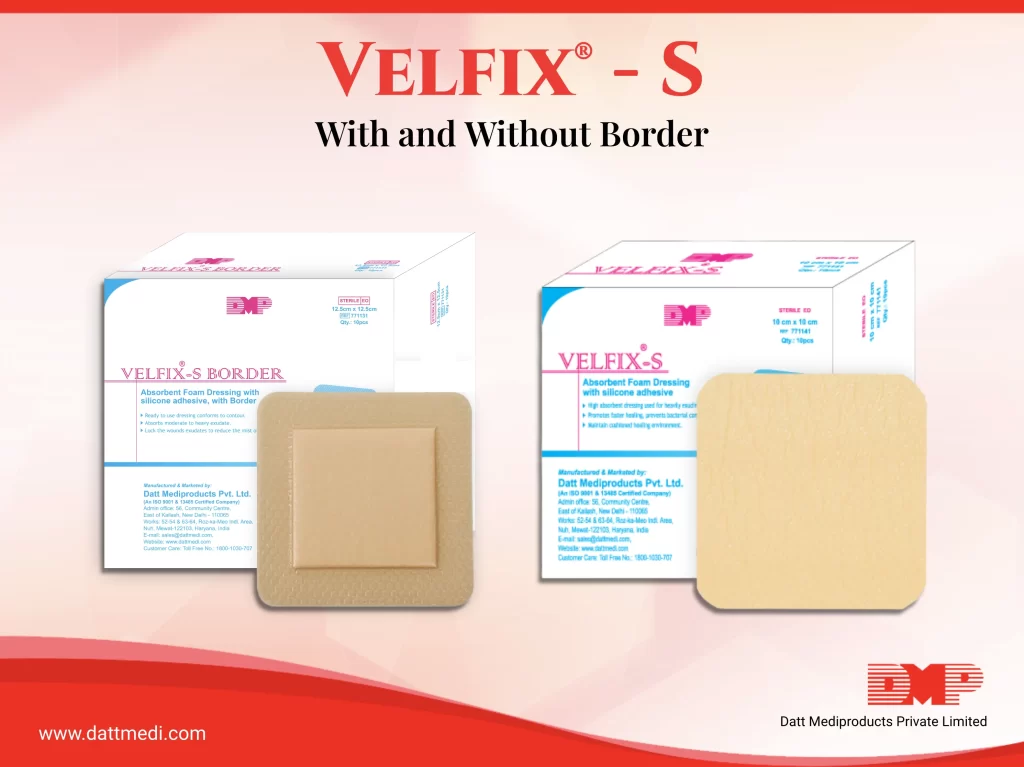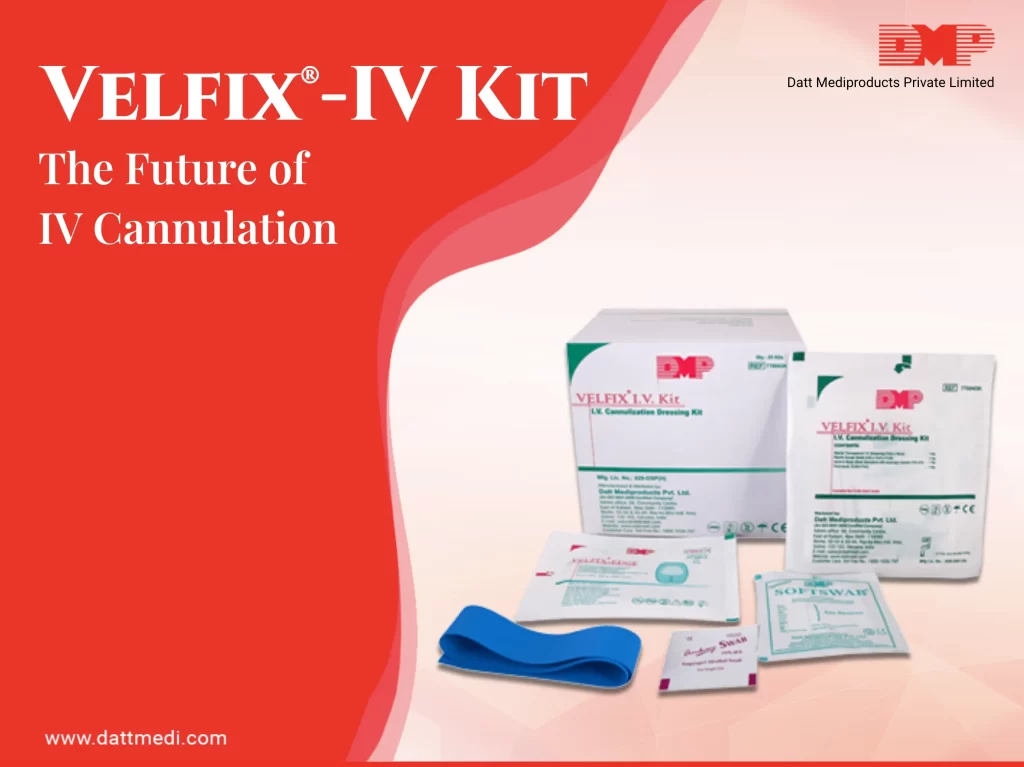
Nasal deformities are quite common in people – it can be present right from birth or can develop in the later stages of our lives. However, they are serious and should never be left untreated.
Sinusitis, deviated septum (Septoplasty), enlarged nasal turbinates, and external nasal deformities are a few ENT indications, which can affect people of any age and gender. They can cause recurrent or persistent nasal obstructions, a runny nose, difficulty in breathing, headaches, and dizziness and thus impact the patient’s quality of life.
Nasal procedure/surgery becomes necessary when initial medical treatments become unsuccessful. A deviated septum is one of these conditions that is pretty common among individuals. In this case, the wall between our nostrils gets displaced sideways and in extreme cases, we need to go for Septoplasty.
Another common condition in which surgery would be necessary is for enlarged nasal turbinates. These turbinates are the structures in our nose that are known for trapping any kind of dust/dirt as well as small particles to prevent them from entering our lungs. When they get enlarged, they block the proper airflow through our nostrils and as a result, the patient experiences a difficulty in breathing.
Let’s take a look at some of the dressings used for surgery.
Types of Nasal Dressings with advantages and disadvantages:
There are a wide variety of dressings that are used in the nasal and sinus cavities during surgery.
These can be broadly classified as Biodegradable and Non-Biodegradable Dressings.
Conventional or Non-Biodegradable Nasal Dressings cannot be kept inside the nasal cavity for a long period of time post-surgery. These dressings comprise of materials like Sponge, cotton, and gauze. Conventional nasal dressing removal can be quite painful for the patient, as many times excessive bleeding is caused due to mucosal disturbance.
Even though these dressings are relatively not as expensive, they have some major drawbacks like a headache, pain, nasal airway obstruction, and pharynx dryness due to prolonged mouth breathing. These major disadvantages of using conventional nasal dressings have led to the development of biodegradable nasal packs.
Biodegradable Nasal Dressings are fragmentable dressings used post nasal and sinus surgeries. These dressings biodegrade with regular irrigation of the nasal cavity, thus eliminating the need to remove them and reducing the risk of damaging the post-operative structures. They provide a scaffold for better and faster wound healing, promote local hemostasis, reduce the risk of adhesions, and prevent middle turbinate lateralization.
Biodegradable nasal dressings significantly reduce postoperative symptoms such as bleeding at removal, pain at removal, pain in situ, and nasal blockage. Being porous in nature, they reduce the patient’s breathing discomfort and therefore are tolerated better by them. These biodegradable nasal dressings have bare minimum disadvantages, as a result, they are better suited for most usages.
Owing to these benefits doctors are considering biodegradable dressings more nowadays. We at Datt Mediproducts Pvt Ltd are the only Indian company that manufacture and sell a biodegradable nasal pack. You can reach us by sending an email to support@dattmedi.com or visit our website www.dattmedi.com for more information.




